I Went to Rakhine State and This is What I Learned
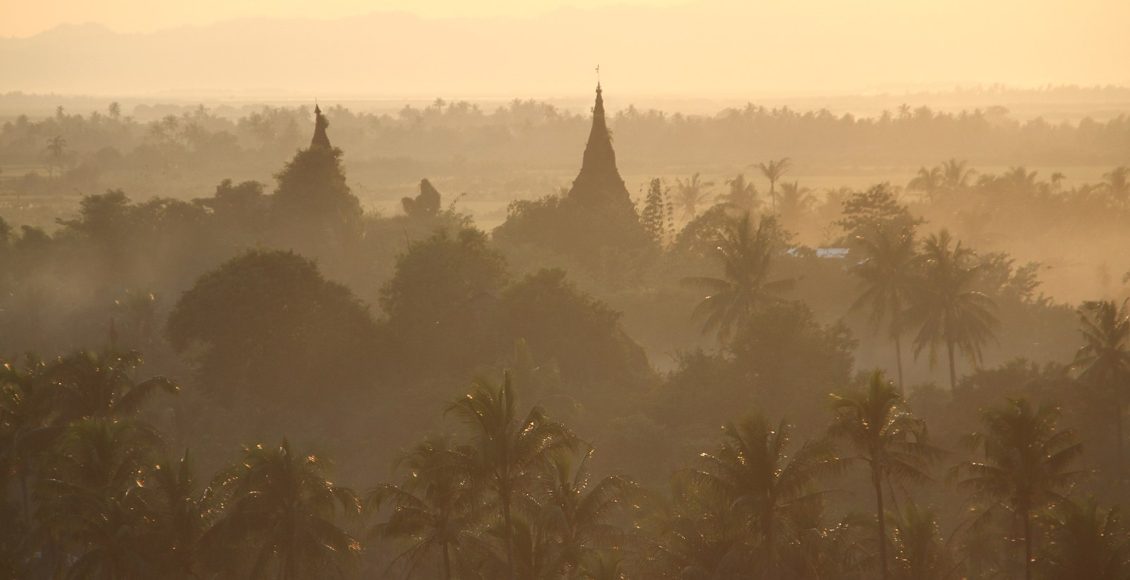
“I went to Rakhine State” is not a phrase that you commonly hear anymore. In fact, as of August 25, 2017 foreign travel to Myanmar’s infamous northwestern state has plummeted, and for good reason. Although the state was once abundant with wealth and prosperity, in the last century, it has become the epicentre of one of the worst episodes of ethnic cleansing in the modern era, leading many countries to issue a “high degree of caution” travel warning to their respective citizens.
Rakhine State is home to a number of ethnic and religious minorities, most of whom are currently facing persecution at the hands of Myanmar’s Buddhist-majority military. Of these persecuted minorities, the Rohingya – a predominantly Muslim, Indo-Aryan speaking population – have arguably faced the worst of the crimes carried out by the military. The accounts of atrocities being committed against the Rohingya include mass killings, rape, torture, widespread arson, and other equally inhumane acts, yet little is being done to curb the effects of these actions and put an end to the conflict.
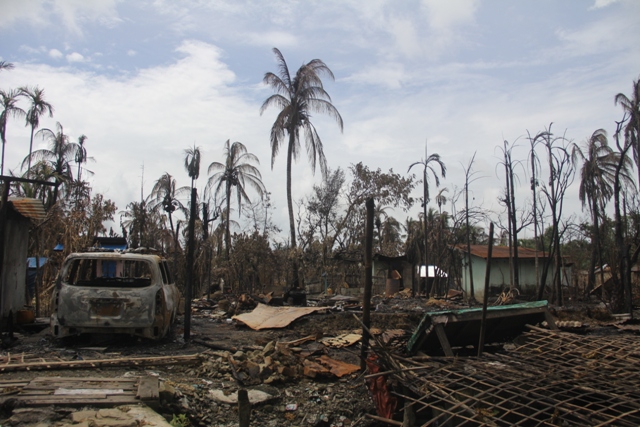
On August 25, 2017, in response to decades of abuse, discrimination, and persecution, the Arakan Rohingya Salvation Army (ARSA) planned and executed a retaliative attack against a number of military and police outposts in Rakhine, killing about a dozen people. Following these attacks, the military announced that those responsible would here on out be labeled as terrorists and would be punished accordingly. The military subsequently launched a series of violent “clearance operations” with the aim of killing and displacing as many Rohingya as possible, under the guise of national security. Since these larger-scale military attacks began, the conflict between the Myanmar army and the Rohingya population has steadily worsened. As a result, over the last year, almost 90% of the Rohingya population have illegally crossed into Bangladesh as well as a handful of other neighbouring countries like Thailand and India to escape persecution.
Background
This past summer, I had the opportunity to speak with a number of Rohingya refugees who told me about their life in Myanmar and why they fled. The stories they shared shook me to my core. Parents cried as they told me about having to watch their own children held at gunpoint and raped in front of them. Girls as young as fourteen and fifteen recounted their experiences with systematic forced marriages and human trafficking. Boys and young men told me about raids on their homes wherein they were taken in the middle of the night and brought to labor camps where, for years, they worked sixteen hour days in the heat with no food or water.
I had already visited Myanmar in 2017, but most of my travel had been limited to major cities and popular tourist destinations, none of which, understandably, were anywhere near Rakhine. I was already planning on returning to some of Myanmar’s more cosmopolitan cities in 2018, but after talking with so many Rohingya refugees, I began looking into whether or not it would be possible to visit northern Rakhine State as well, given everything that was going on.
Surprisingly, I found that the Myanmar government had not imposed any limitations on non-national travel to or throughout Rakhine, meaning that anyone could enter and travel within the state so long as they registered their passport with the authorities upon arrival. I had traveled to a couple of remote mountain villages in Northern Kayah State — a somewhat unstable region in eastern Myanmar —during my last trip, and prior to travelling to the more remote parts of the state, I had been forced to apply for a special pass through the country’s Ministry of Hotels and Tourism. In Kayah, the military has been actively persecuting a number of ethnic minorities, notably the Karenni, since the country’s independence in 1944. Considering that the conflict in Rakhine is arguably as violent, if not more so, than that in Kayah, I was shocked that I did not have to apply for a similar pass to enter into and travel within Rakhine.
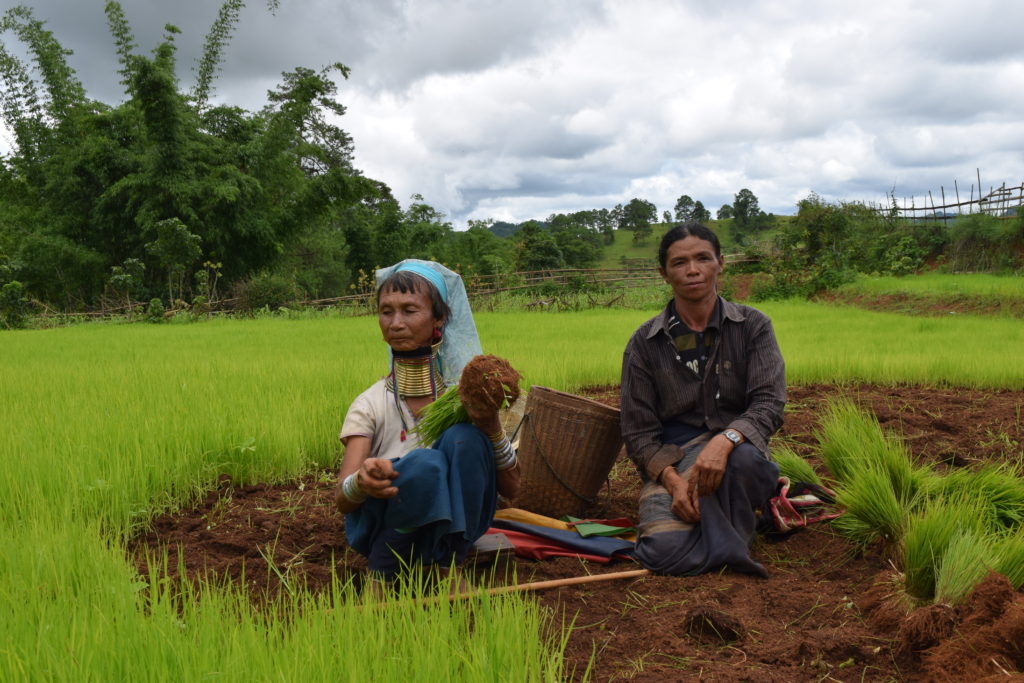
Although travelling to Rakhine State was easier than anticipated, I also had to face a very real ethical dilemma. Anytime I told someone that I was planning on visiting Myanmar, I was almost always met with questions about whether I thought that this was right or fair given the horrible acts being committed by the military who control a quarter of parliament and would therefore profit from my visit. Following the military coup in 1962, most of the international community shut down all contact with Myanmar, leaving the civilian population on the brink of poverty and utterly helpless in fighting back against their oppressive, military government. While a single person’s journey will not change the current situation, I believe that ordinary citizens who suffered, and are still suffering, under military rule and who, similarly, have a lot to gain from tourism did not deserve another half-century of isolation.
Mrauk-U, Rakhine State
I decided to visit Mrauk-U, historically one of the most important places in Rakhine, which served as the capital of the Mrauk-U Empire from 1430 to 1785. Because of the conflict and the subsequent lack of infrastructure in the region, I decided to hire a guide to pick us up from Sittwe, the state’s capital, and take us to Mrauk-U, some 167 kilometers northeast from Sittwe. Our guide, a young, college-educated Rakhine man, spared no time talking in to us about his country’s politics. The Rakhine people are an ethnic minority in Myanmar, making up just over 3% of the population. While ethnically a minority, they practice Theravada Buddhism like the country’s namesake majority, the Burmans, thereby more or less exempting them from the kinds of persecution that is currently being carried out towards other groups in the country.
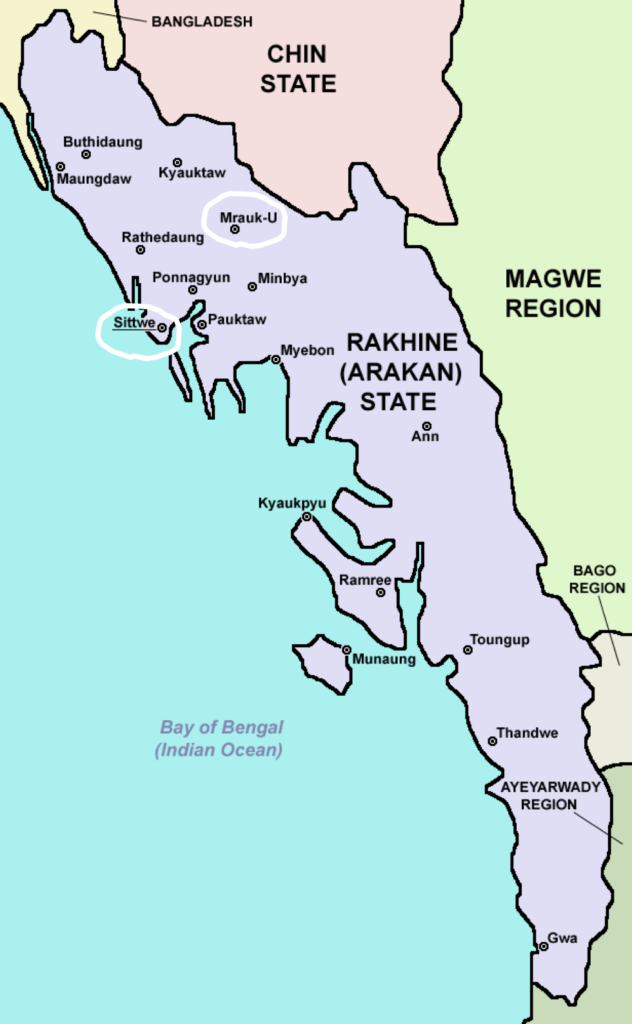
After picking us up from the Sittwe airport, our guide arranged for us to visit some of the Lai Tu Chin villages a few hours north of Mrauk-U, near the border between Rakhine State and Chin State. The Lai Tu people, particularly the Lai Tu women, are known for having tattoos on their faces. The practice began in the 12th century as a way of protecting young girls from being kidnapped by the Pagan Emperor. It was thought that by tattooing their faces they would be deemed too “ugly” for the Emperor to have as mistresses. Although the country’s politics and leadership has changed over the years, the Lai Tu people maintained this tradition so as to pay respect to their ancestor’s history.
This coming-of-age custom was practiced for centuries until the military coup in 1962. The Lai Tu women told me that, soon after coming to power, military officials began visiting the villages and upon seeing the tattooed faces, decided to put an end to the practice. Supposedly, the art and tradition of tattooing one’s face was considered to be too brutish for a country that was looking to improve their optics in the eyes of their Western counterparts. As a result, during regular visits to the remote villages, military officials would threaten both the tattoo artists and the women until both eventually agreed that the tradition would be stopped. No young girl has had her face tattooed in over half a century.
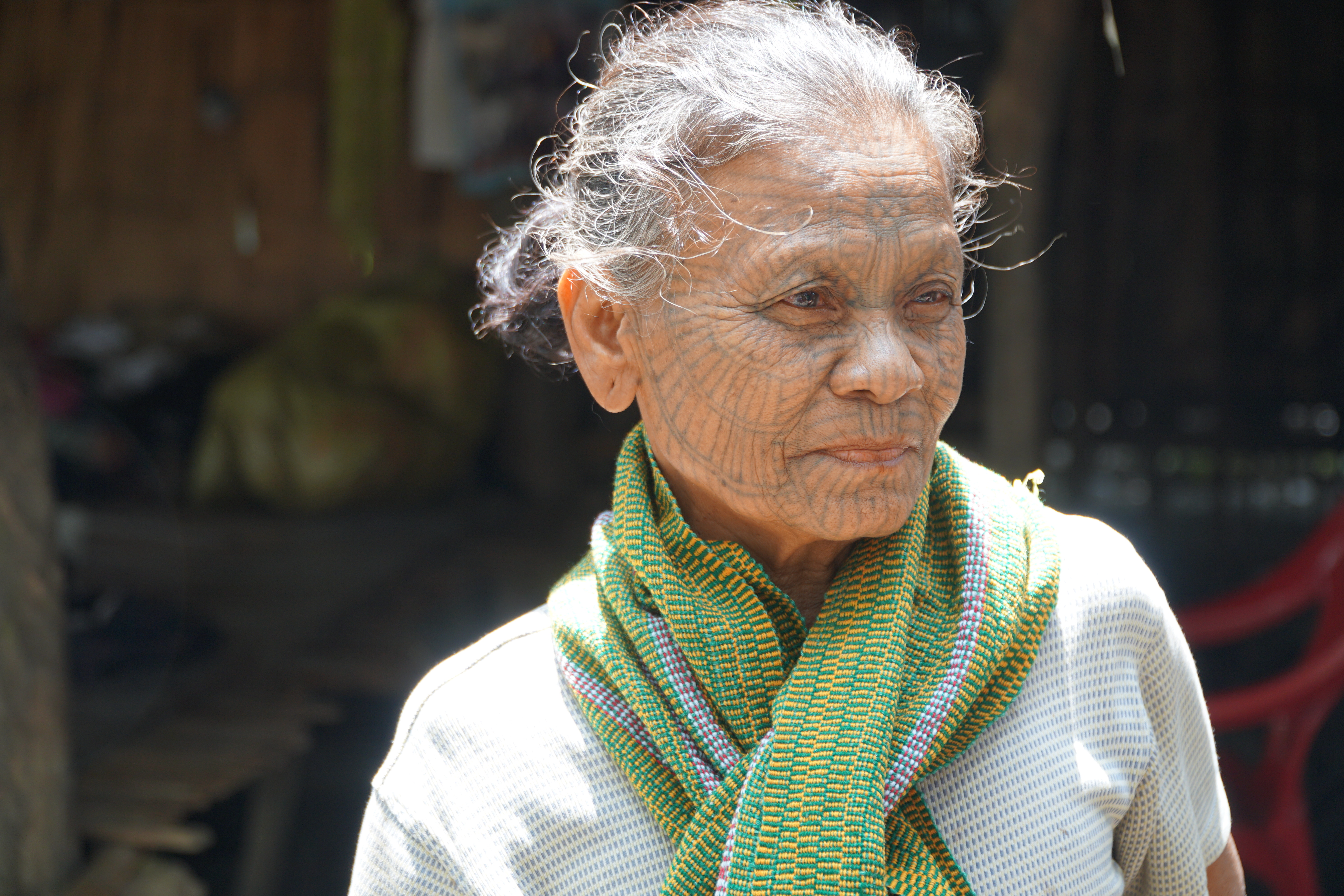
While the persecution faced by the Lai Tu tribes, particularly the Lai Tu women, is different and much less explicit than the persecution being faced by the Rohingya population, it nevertheless exemplifies the racist and parochial tendencies of the military. Censoring and ultimately eradicating a centuries-old tradition for the sole purpose of “Westernizing” a culture is, in itself, an indirect form of violence that similarly denotes the heinous motives of Myanmar’s military.
Addressing the Rohingya Crisis
In addition to bringing us to the Lai Tu villages, our guide also showed us many of the temples in and around Mrauk-U. During these visits, I asked him about the persecution of the Rohingya and why so little was being done to help a population that was being decimated. I was shocked by his initial response. At first, he told me that most Rakhine people believe the Rohingya to be foreigners who came to Myanmar from modern-day Bangladesh and India in search of a better life. He continued by telling me that, up until the August 25 attacks in 2017, he had never even heard the name ‘Rohingya’, and therefore believed that it was merely a political tool being used to incite sympathy from the international community towards, what he believed to be, an over-exaggerated and ultimately false claim of ethnic cleansing.
He also said that economic disparity runs rampant in Rakhine State, yet despite the fact that most Rakhine people live in extreme poverty, the Myanmar government has done little to help them. Now, while the government is finally focusing more of their attention on the northwestern state, this seemingly new-found awareness is almost solely reserved for the Rohingya. As a result, many ethnic-Rakhine feel even more neglected and resent the Rohingya for their low qualities of life.
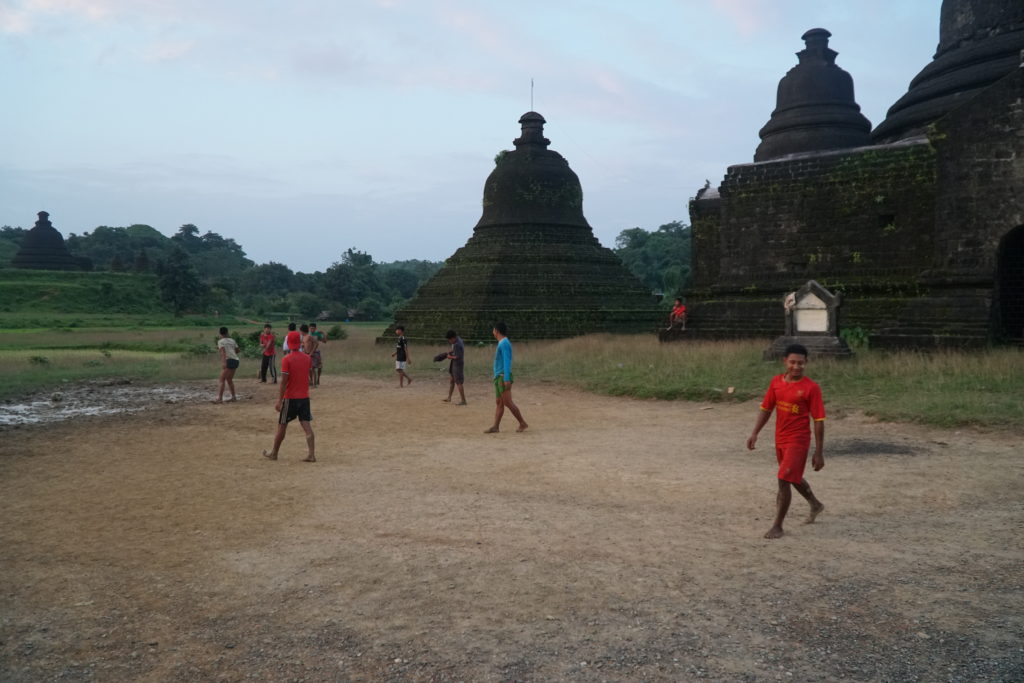
Although, upon hearing this, I immediately wanted to fight back and tell my guide that he was wrong, I was aware that my privilege — uncensored access to the media and a liberal education — had permitted me to have a different outlook on the situation. Instead, I tried to turn the conversation into a debate where we could both share and exchange our various viewpoints and beliefs.
We discussed the history of the Rohingya people in Myanmar and, in response to his previous points, I tried to express that the name Rohingya has been used for centuries and that the Rohingya people have their own culture and language that is undeniably rooted in Myanmar and, more specifically, to their home in Rakhine State. We discussed the atrocities being committed against the Rohingya and, in citing specific attacks and events, I implored my guide to see how the scale of the violence does, in fact, rightfully merit the title of ethnic cleansing. I also identified that while the government may seem as though they are focusing all of their attention on the Rohingya, they are only doing so in an effort to censor, downplay, and destroy all evidence of the crisis.
My guide defended his views by explaining that everything he knew about the Rohingya crisis had been taught to him through a military-controlled curriculum during his time at school. He told me that if the information he had was wrong or flawed, it was the consequence of the corrupt system and institution in which he had lived his whole life. He repeatedly told me that he would never support the use of violence but, up until this point, he had not heard any opposing perspectives and was therefore limited in his views and opinions.
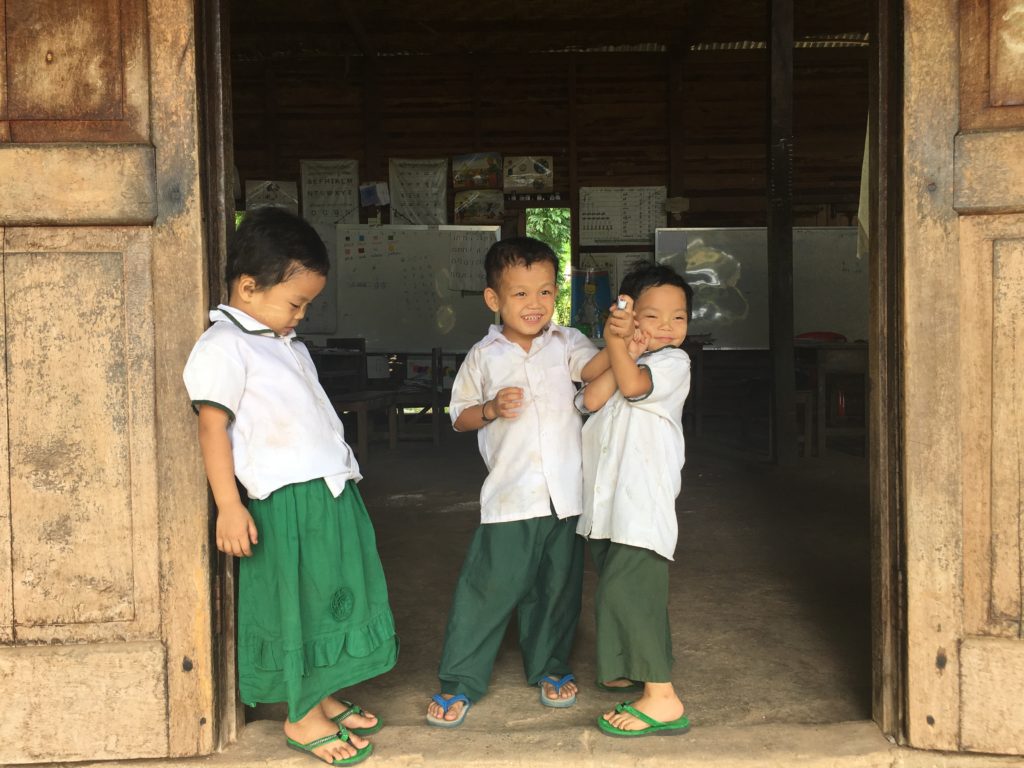
As the conversation continued, I came to realise the truly dangerous extent to which propaganda and censorship have manipulated the narrative surrounding ethnic conflict in Myanmar. In Myanmar, most of the traditional schooling is controlled by the government, which, up until recently, was under the complete control of the military. Although there have been numerous elections and reforms since the military first established this national curriculum, they nevertheless continue to refuse the younger generation the opportunity to learn about the country’s diverse history and population. They seem to fear that this knowledge will equip the Myanmar people with the agency to uncover the number of murderous campaigns the military has led to disenfranchise the country’s ethnic minorities. Thus, they continue to flood the school curriculum with propaganda to ensure that no young person feels inclined to revolt or rebel against the status quo. In fact, in 2014, it was discovered that this propagandizing extended beyond the classroom to social media platforms like Facebook whereby the lack of Burmese-speaking employees at the company had enabled the spread of fake news, including information pertaining to the persecution of the country’s minorities.
While it is difficult to understand or sympathise with those who can sit by and do nothing while their fellow countrymen are killed and tortured, in a system where this has been the norm for decades and the government is actively trying to suppress any attempts to enact change, one must take a step back and approach the situation in a different way. There have been a number of fact-finding missions sent into Rakhine State in the last few years and all have concluded that the problem resides in the fact that, despite the country’s democratic elections in 2015, the military continues to retain significant power in the country, but few have noted that the crux of the problem exists within the system itself. A critical component of Myanmar’s future peace process must target the country’s education so that children will no longer be fed lies that hold them captive in a perpetual cycle of hatred and assimilation.
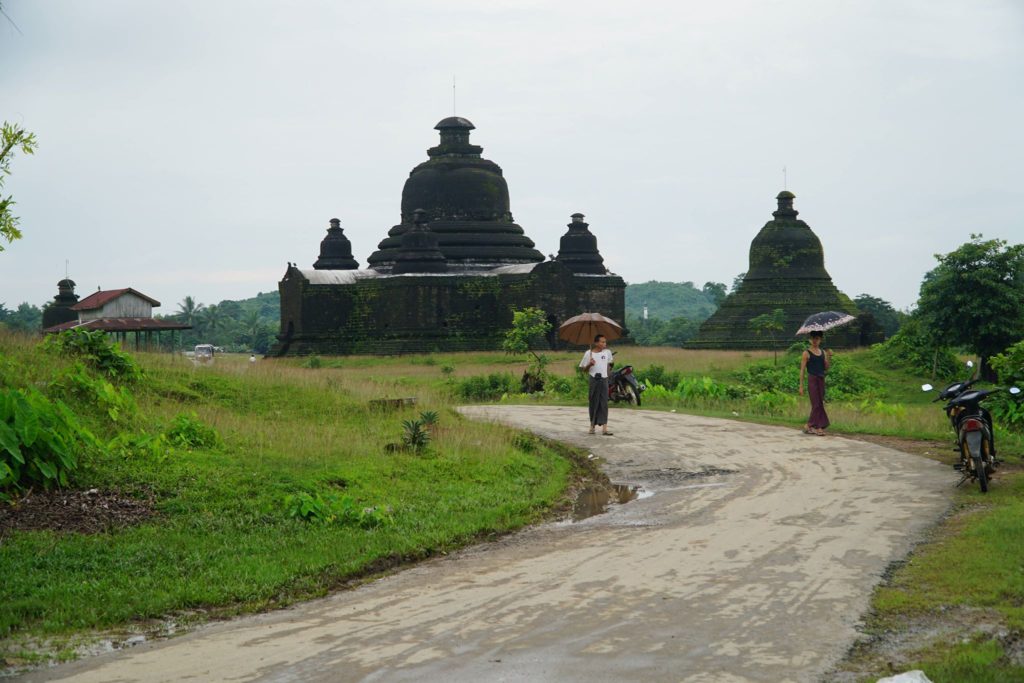
Epilogue
Near the end of our trip, as we drove back to the Sittwe airport from Mrauk-U, we turned down a street that was barricaded on both ends by military checkpoints and patrolled by a number of military personnel. As we approached, a man in uniform moved aside and our vehicle was permitted to pass. Our guide explained that this was “military row” where the military met to discuss the mechanisms of most of the operations that were carried out in Rakhine State. As we came to the end of the street and the second barricade was lifted, I felt shivers run up my spine. I realised that it was on this block, maybe a hundred feet away from where our car had passed seconds earlier, that the military had plotted the deaths of over 2 million people.
Edited by Sarie Khalid and Alec Regino
A special thank you to Matthieu Manzoni for his help with this article.
